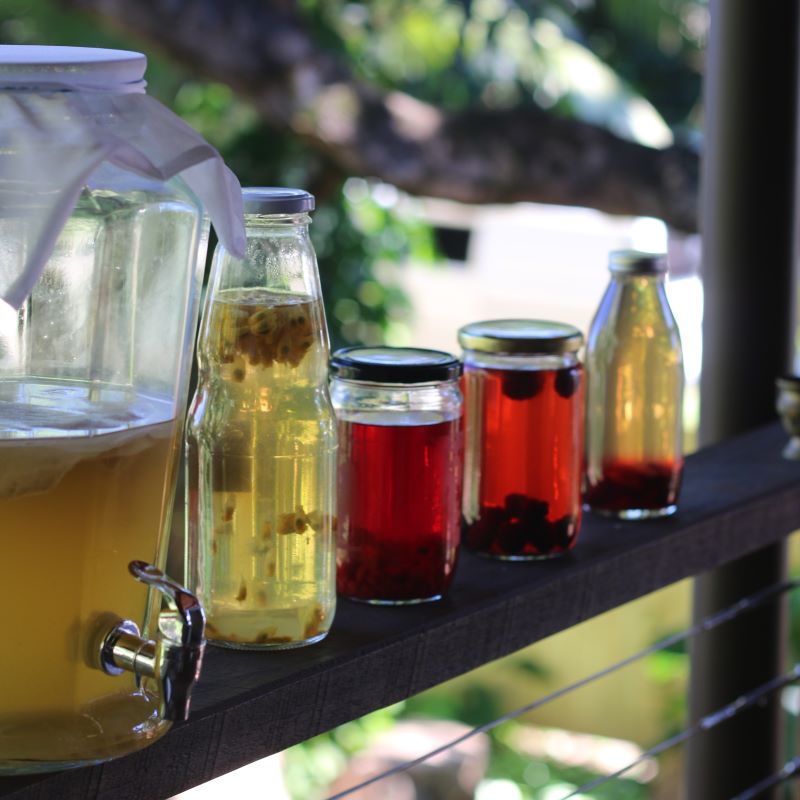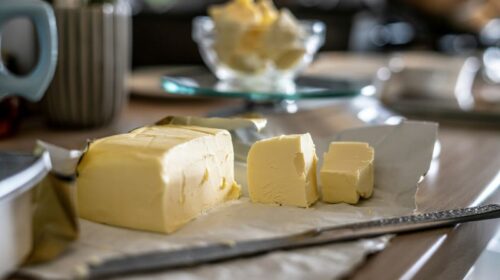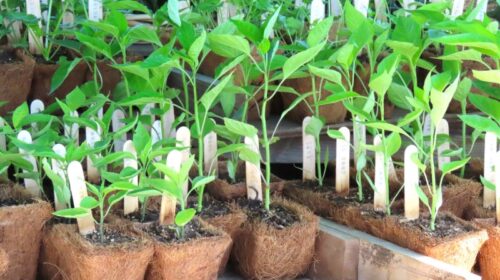Fermenting at Home: What’s the Point?
By Tom Andersen
So, what is the point of fermentation, especially home fermentation? We can buy beer; we can buy pickles; we can buy yogurt, sourdough bread and cheese, salami, sauerkraut, sake, and even plum wine.
Why make it myself?
First, let’s just briefly describe what it is and how it works. Fermentation has been used by humans to preserve food for thousands of years; it’s been the magic behind bread and wine for quite some time as well. And what’s a good salad dressing without vinegar?
Microbes, molds, and yeasts convert sugars and starches into alcohols and acids. The goal being to discourage the bad microbes, molds, and yeasts and to encourage the good and beneficial ones. When it works we get safe and tasty well-preserved foods and beverages that provide our bodies with all sorts of healthy vitamins, minerals, enzymes, and probiotics. Many fermented foods are more easily digested than their non-fermented versions. Some say sourdough bread is a prime example. Apparently some who can’t tolerate store-bought bread have no problem with homemade sourdough. I’m not surprised. The process of fermentation partially pre-digests many foods, making our digestion more efficient and complete.
Well then, I’ll just buy fermented foods. What’s the difference? Two big things at least: pasteurization and preservation. In the retail sale of food and beverages business, live organisms are the enemy, and often for good reason. Generally people have little sense of food safety and handling. The resulting response is pasteurization and preservatives. Both of which kill off all the live microorganisms. Sure, you can buy products with live cultures, but they can be expensive. If you ferment your own and follow just a few basic rules, fermented foods and beverages can last a long time “on the shelf” and provide exceptional health benefits as well as being delicious.
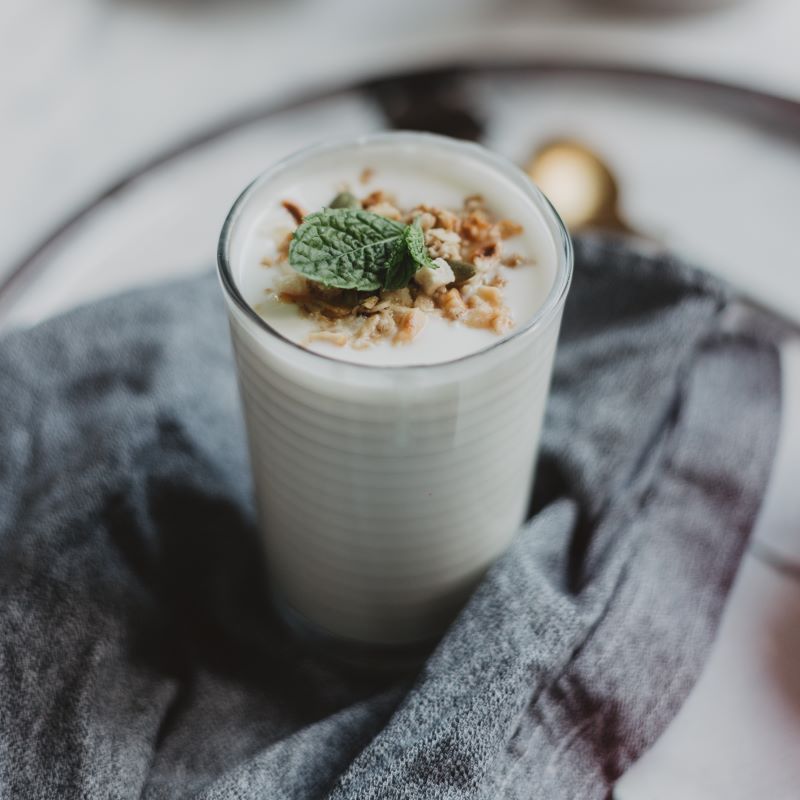
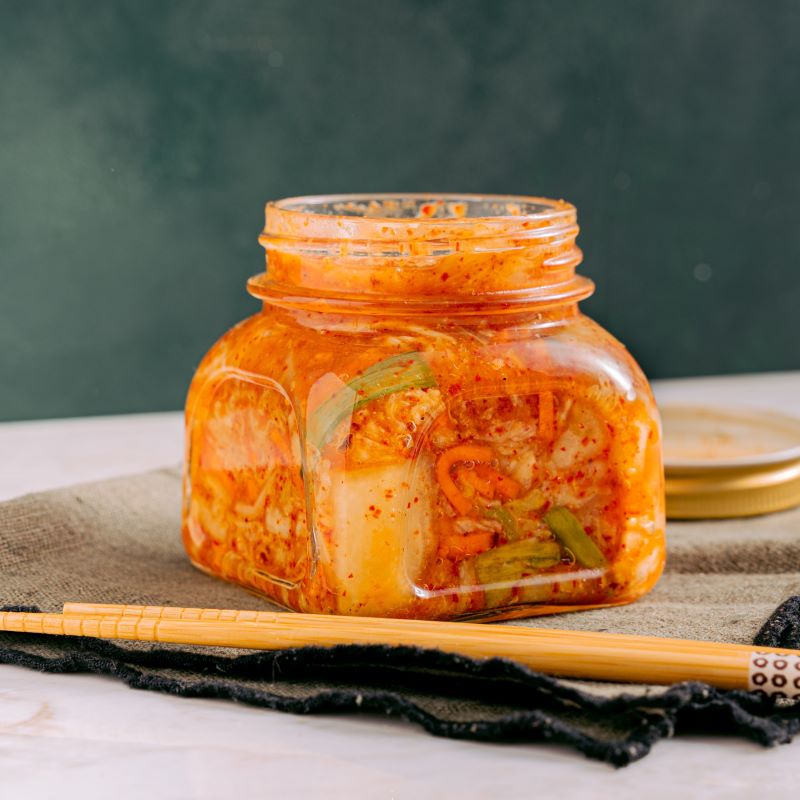
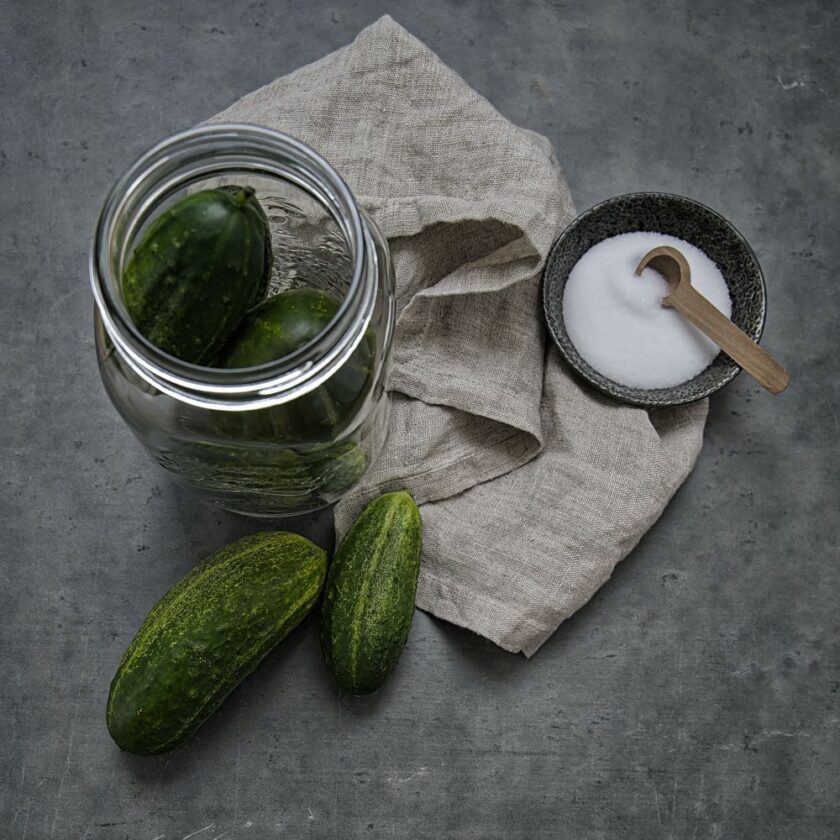
Why ferment? It’s a great way to preserve your garden and wild food bounty. Plus fermented foods are beneficial to your overall health
The three most common types of home fermentation are: alcohol fermentation, lactic acid fermentation, and acetic acid fermentation. Alcohol fermentation is kind of obvious. It uses yeast from either the air, the naturally occurring yeast on the product itself, or specific yeast added to a sterile product. Lactic acid fermentation preserves and alters foods by the creation and fostering of lactobacillus, which increases the acid-making pickle-y pickles and tangy sourdough. The same effect can also be found with cheese, yogurt, and a variety of meat products, just to name a few. Acetic fermentation is kind of a hybrid. First, alcohol is produced, then it is converted into vinegar or “acetic acid.”
As a side, yet very important note: Clean and sanitize when the directions call for it — actually, clean and sanitize anyway, it’s cheap insurance and a good habit to get into. When the recipe calls for a certain amount of salt, use it. Salty brine (and keeping the food submerged in it) creates the optimal environment for beneficial microbes to thrive and prevents the evil ones from taking over. But, don’t overdo it. Too much salt can be just as bad as not enough.
So, I guess the whole point of fermenting your own food and beverages is threefold. Preserving your hard-fought gardening and wild food collecting efforts, consuming foods and drinks that are alive and beneficial to your overall health while being delicious at the same time, and it’s a lot of fun. None of the processes are very difficult, heck, if Paleo Man could do it, I’m feeling pretty confident. And, how can you go wrong with a sourdough sandwich with salami and cheese topped with pickled veggies chased down with a nice extra hoppy ale?

Tom Andersen is a writer, cook, martial arts instructor and lifelong Felton resident. He explores the world of fermented food and drinks in print and online at FB @FeltonFementer.
Featured photo from rohtopia.com at Unsplash

